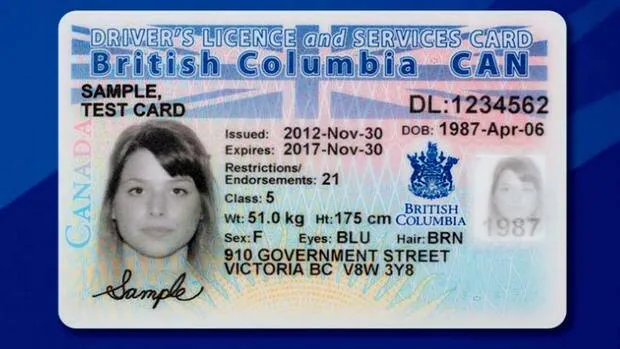Learning to become a pilot is a major decision, requiring a great deal of time and money being invested. You’ll want to be sure you’re getting value for your money, so looking for the cheapest deal is not the best approach for choosing a flight instructor or flight school. You ll want to ensure that you complete your training in the most cost and time efficient way possible, and complete your training knowing that you’ve been trained to be a safe and competent pilot. The first step in the process is to know why you want to become a pilot so the flight school you choose can help you earn the appropriate BRITISH COLUMBIA FAKE DRIVING LICENSE in the most time and cost effective way possible.
There are many reasons people want to be pilots. Some choose to become pilots as a career choice, while for others there’s the sheer enjoyment of flying high above it all. However, flying is also a practical choice for personal mobility. For example, in Australia owning and piloting your own private aircraft is a necessity simply because of the distances involved in getting from point A to point B in the outback. Even in major urban centres of the USA, UK and other industrialized countries, being able to fly a plane you own, lease or rent is advantageous. Time is money, and being able to fly at 140 miles per hour or faster, flying as the crow flys and avoiding congested roadways shaves hours off a day’s drive to the same destination. Even if the option were flying to your destination, being able to pilot a plane allows you to avoid the delays and inconveniences experienced by passengers boarding scheduled flights at air terminals. Being able to fly can also be a life saver in the event of natural disasters. Roads quickly become gridlocked during an evacuation, whereas the sky is almost always navigable.
Whatever your reason for becoming a pilot, there are steps you must go through to be certified to fly that includes education, training, qualifying and licensing. The first step to becoming a pilot is deciding what type of flying you’ll be doing. It will dictate what type of pilot license you’ll need to earn, as well as what equipment it will have that you will need certification for.
There will be specific requirements for your pilot’s license or certificate depending upon the type of aircraft you’ll be flying. The choices range from various types and sizes of fixed wing aeroplanes to helicopters. Even if you plan to fly airships, you’ll be required to have a pilot license. The type of flying you’re interested in doing is also a consideration that affects what training and certification be necessary. Pilot’s licenses come in several types, ranging from a student pilot all the way up to an airline pilot licensed to fly passenger jets.
Of the several levels of pilot’s licenses, the most basic is a recreational pilot license. These licenses permit the licensee to pilot an aircraft anywhere within the country of issuance. However, depending upon the jurisdiction, the pilot may or many not be permitted to carry passengers, and could be restricted to flying only when visibility permits, such as daylight hours and during clear weather. Night flying, or flying any time instruments are required usually requires different certification.
Most aviation authorities also limit recreational and private pilot licenses to single engine aircraft, with twin engines necessitating additional training and certification.
The type of aircraft a pilot is licensed to fly will usually include restrictions; For example, a private pilot license does not permit a pilot to fly helicopters or turbo-jet power planes. A pilot licensed to fly jet aircraft will also be permitted to fly single and twin engine aircraft, but likely not a helicopter. Likewise, helicopter pilots are most often certified to fly only helicopters unless they have additional certification and/or a license to fly fixed wing aircraft as well.

